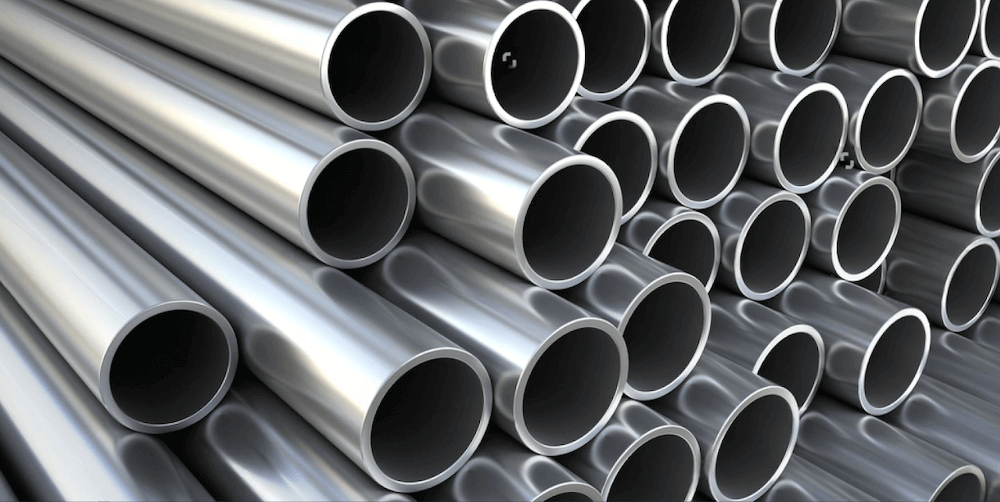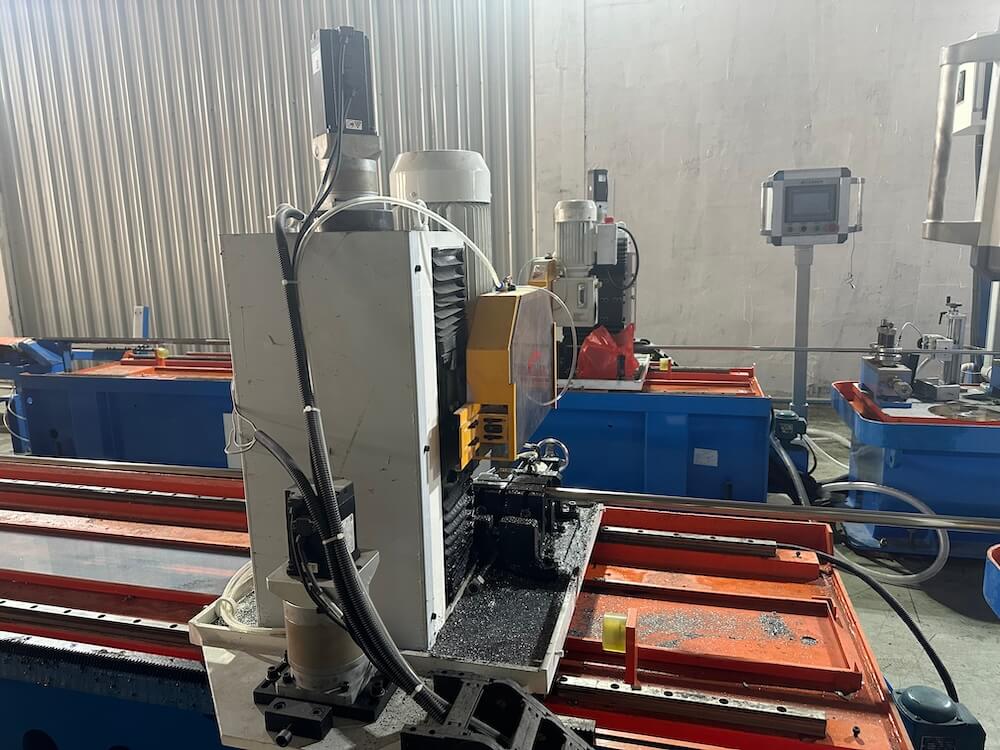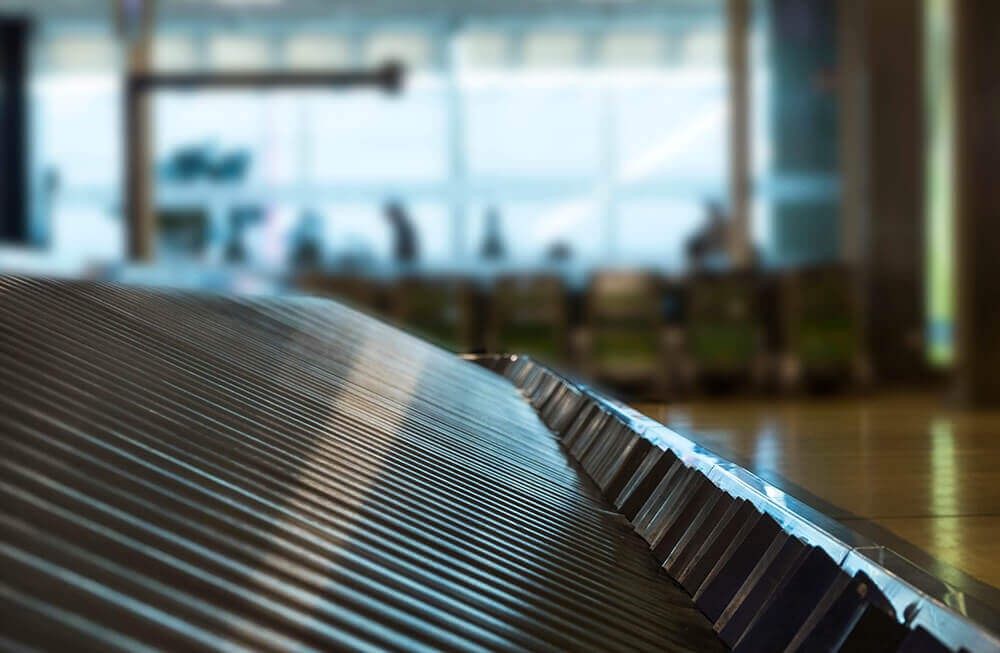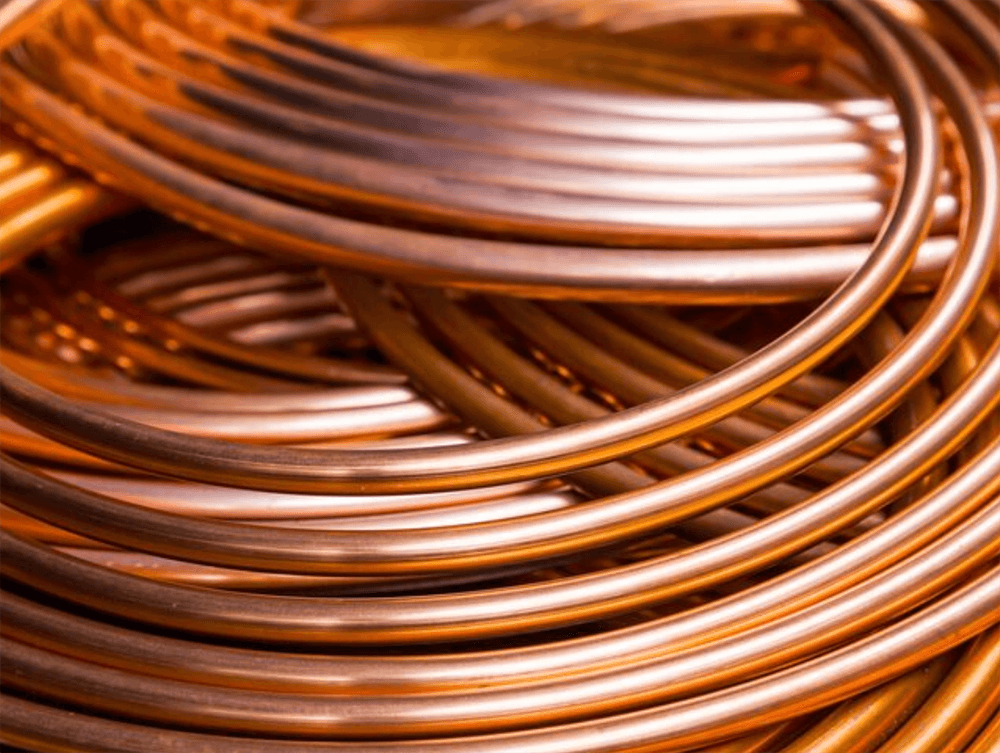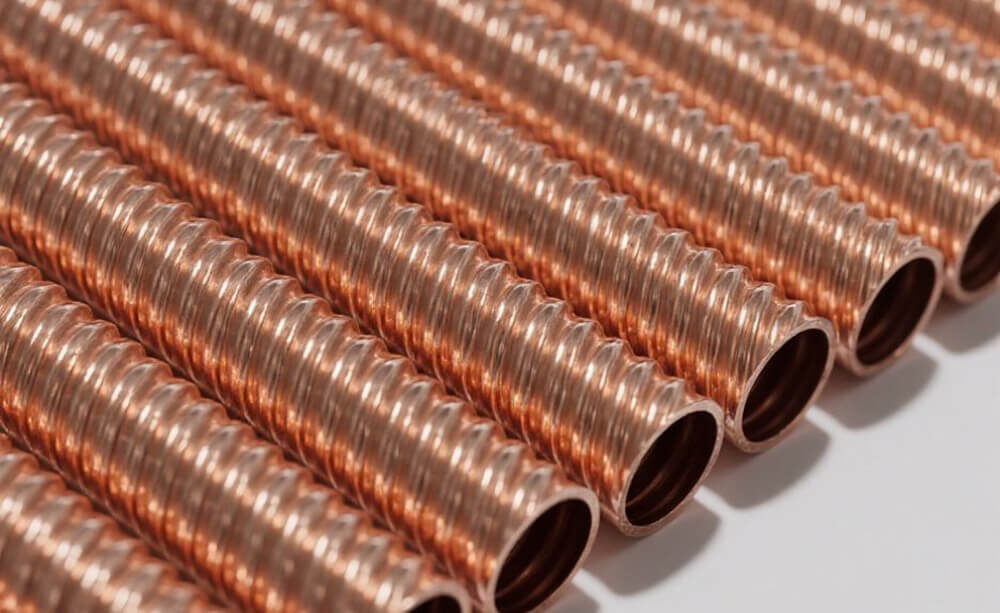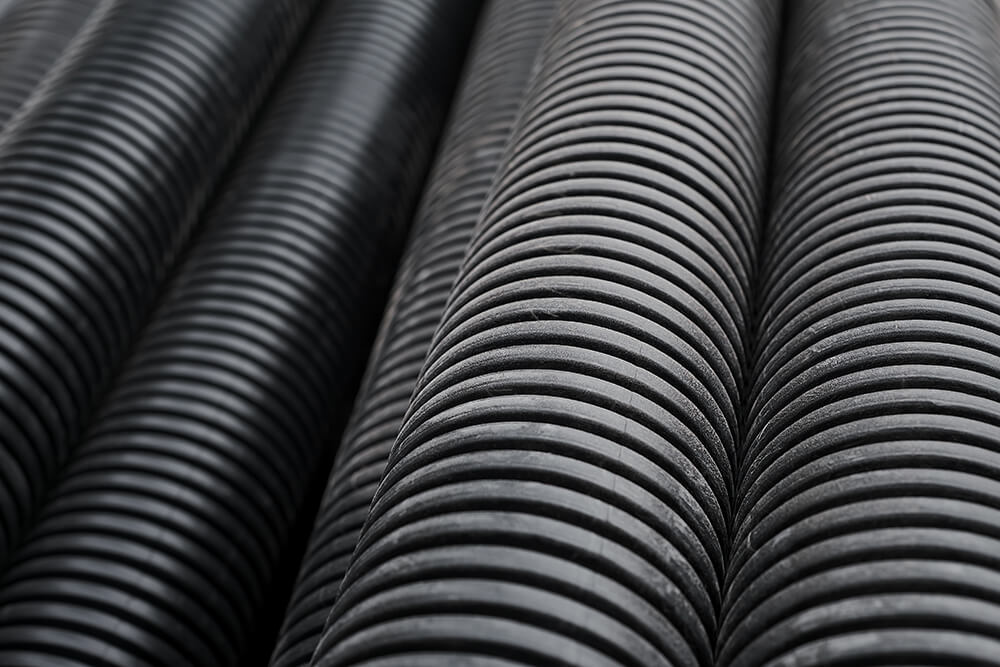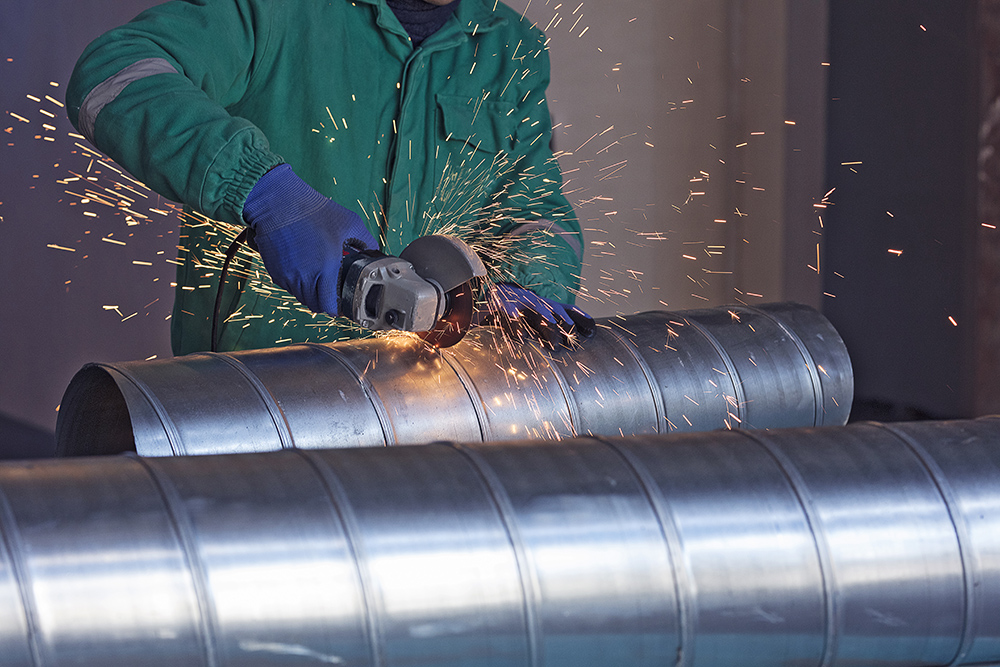In industries like construction, heat exchange, and manufacturing, tubing plays a critical role in transporting fluids, supporting structures, and facilitating efficient heat transfer. Two primary categories of tubing—seamless tube and welded tube—are widely used, each offering unique benefits and serving distinct purposes. Understanding the differences between seamless and welded tubes is essential for selecting the right option for your application.
The main difference between seamless tube and welded tube lies in their manufacturing process. Seamless tubes are made without a weld seam, resulting in uniform strength and durability, while welded tubes are created by welding sheet metal, which makes them more cost-effective but introduces a seam that may affect performance under pressure.
What Is a Seamless Tube?
A seamless tube is a hollow cylindrical product created without any weld seams. It is manufactured by extruding a solid billet of metal through a die or by using rotary piercing, resulting in a tube with no joints or seams.
Key Features of Seamless Tubes
- Manufacturing Process
- Seamless tubes are formed by extrusion, rotary piercing, or hot rolling, ensuring a uniform structure without welds.
- The absence of a seam eliminates weak points, making the tube highly durable.
- Strength and Durability
- The uniform structure allows seamless tubes to withstand higher pressures and temperatures compared to welded tubes.
- They are less prone to failure under stress, making them suitable for demanding applications.
- Applications
- High-Pressure Systems: Used in oil and gas pipelines, boilers, and hydraulic systems.
- Heat Exchangers: Preferred for critical operations requiring reliable performance.
- Aerospace and Automotive: Used in components that demand high strength and precision.
- Cost
- Seamless tubes are generally more expensive due to the complex manufacturing process and raw material requirements.
What Is a Welded Tube?
A welded tube is made by rolling a flat sheet or strip of metal into a cylindrical shape and welding the edges together to form a seam. The seam is then heat-treated and finished to improve its properties.
Key Features of Welded Tubes
- Manufacturing Process
- Welded tubes are created by bending a metal sheet or strip into a tube shape and welding the edges longitudinally.
- The weld seam is often polished or heat-treated to ensure smoothness and durability.
- Strength and Durability
- While the weld seam can be a weak point, modern welding techniques ensure strong and durable connections.
- Welded tubes are suitable for applications with moderate pressure and temperature requirements.
- Applications
- General Plumbing: Used in water supply and drainage systems.
- HVAC Systems: Common in air conditioning and heating units.
- Construction: Utilized in structural applications like handrails and scaffolding.
- Cost
- Welded tubes are more cost-effective than seamless tubes, making them a popular choice for non-critical applications.
Key Differences Between Seamless Tube and Welded Tube
1. Manufacturing Process
- Seamless Tube: Made from solid billets without a weld seam.
- Welded Tube: Formed by welding edges of rolled sheet metal.
2. Strength and Durability
- Seamless Tube: Uniform strength throughout the tube, with no weak points. Ideal for high-pressure and high-temperature systems.
- Welded Tube: Slightly weaker due to the weld seam but still robust for most general-purpose applications.
3. Cost
- Seamless Tube: Higher cost due to complex production and material use.
- Welded Tube: More affordable, making it ideal for cost-sensitive projects.
4. Applications
- Seamless Tube: High-pressure pipelines, heat exchangers, aerospace components.
- Welded Tube: Plumbing, HVAC systems, and structural applications.
5. Dimensions and Precision
- Seamless Tube: Offers tighter tolerances and is preferred for precision applications.
- Welded Tube: More variability in dimensions due to the welding process.
Comparison Table: Seamless Tube vs. Welded Tube
| Feature | Seamless Tube | Welded Tube |
|---|---|---|
| Manufacturing Process | Extruded or rotary piercing | Formed and welded from sheet metal |
| Strength | High, uniform strength | Moderate, seam can be a weak point |
| Applications | High-pressure and precision uses | General-purpose and structural uses |
| Cost | Expensive | Cost-effective |
| Dimensions | Tighter tolerances | Slightly less precise |
When to Choose Seamless Tubes
- High-Pressure Applications
Seamless tubes are ideal for oil and gas pipelines, boilers, and hydraulic systems where safety under extreme conditions is paramount. - High-Temperature Environments
Their uniform structure makes seamless tubes reliable in environments with significant thermal expansion and contraction. - Precision and Strength Requirements
For aerospace, automotive, and critical industrial components, seamless tubes offer the reliability needed.
When to Choose Welded Tubes
- Cost-Sensitive Projects
Welded tubes provide a more affordable option for non-critical systems like water supply and construction. - General-Purpose Applications
For plumbing, HVAC, and structural use, welded tubes offer sufficient strength and durability at a lower cost. - Custom Sizes and Shapes
Welded tubes can be easily manufactured in various dimensions and customized for specific needs.
Unique Insights: Advances in Tube Technology
- Modern Welding Techniques: Advanced laser and TIG welding methods have significantly improved the quality of welded tubes, minimizing the seam’s impact on performance.
- Hybrid Applications: Some projects combine seamless and welded tubes to balance cost and performance, optimizing both efficiency and reliability.
Maintenance Tips for Tubes
- Inspect Regularly: Look for signs of corrosion, wear, or leaks, especially in high-pressure systems.
- Protect Against External Stress: Use proper supports and insulation to prevent damage from vibrations or temperature changes.
- Clean Appropriately: Use cleaning methods suited to the tube’s material to maintain its integrity.
Final Thoughts
Understanding the differences between seamless and welded tubes is essential for choosing the right product for your application.
Seamless tubes offer unmatched strength and precision, making them ideal for high-pressure and high-temperature applications. Welded tubes, on the other hand, provide a cost-effective solution for general-purpose and structural uses.
By evaluating factors such as cost, pressure requirements, and application needs, you can select the optimal tubing type for your project. Whether prioritizing durability or affordability, both seamless and welded tubes play crucial roles in modern engineering and infrastructure.

